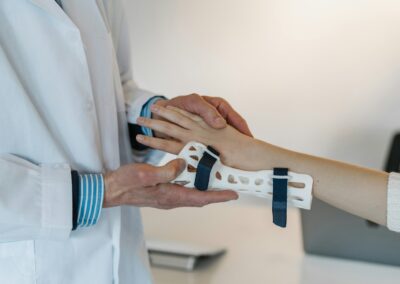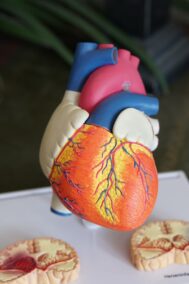The Role of Palm Vein Recognition in Hospital Security
Palm vein recognition technology has emerged as a cutting-edge solution for enhancing security measures in hospitals across Saudi Arabia and the UAE. Unlike traditional methods such as ID badges or passwords, palm vein recognition utilizes the unique vein patterns in an individual’s palm for identification. This biometric authentication method offers a high level of accuracy and reliability, making it an ideal choice for securing access to restricted areas, medical records, and pharmaceutical supplies within hospital premises. By leveraging palm vein recognition technology, hospitals can strengthen their security protocols while streamlining access control processes, ultimately improving patient care and operational efficiency.
The Advantages of Palm Vein Recognition
One of the key advantages of palm vein recognition is its unmatched accuracy and reliability. Since vein patterns are unique to each individual and difficult to replicate, palm vein recognition provides a highly secure method of authentication, surpassing traditional identification methods. Additionally, palm vein recognition technology is non-invasive and contactless, eliminating the need for physical contact with scanners and reducing the risk of cross-contamination in healthcare settings. This feature is particularly crucial in hospitals, where infection control measures are paramount. Moreover, palm vein recognition systems are fast and convenient, allowing authorized personnel to access secured areas or medical records with ease, enhancing workflow efficiency and productivity.
Enhancing Patient Privacy and Confidentiality
In addition to bolstering security measures, palm vein recognition technology plays a vital role in safeguarding patient privacy and confidentiality. With stringent regulations governing the handling of sensitive medical data, hospitals must implement robust security measures to protect patient information from unauthorized access or breaches. Palm vein recognition offers a secure authentication method for accessing electronic health records (EHRs) and other confidential data, ensuring that only authorized healthcare professionals have access to patient information. By mitigating the risk of data breaches and unauthorized disclosures, palm vein recognition technology helps hospitals maintain compliance with regulatory requirements while upholding patient trust and confidentiality.
Future Applications and Integration Opportunities
As technology continues to advance, the applications of palm vein recognition in hospitals are expected to expand further. Beyond access control and patient identification, palm vein recognition technology holds promise for facilitating seamless integration with other healthcare systems and devices. For example, palm vein recognition can be integrated with medication dispensing systems to ensure accurate medication administration and prevent medication errors. Furthermore, advancements in artificial intelligence and machine learning may enable palm vein recognition systems to adapt and evolve based on user feedback and usage patterns, further enhancing their functionality and usability in hospital environments. By embracing palm vein recognition technology, hospitals in Saudi Arabia and the UAE can stay at the forefront of innovation and security, ensuring the highest standards of patient care and safety.
Implementation Considerations and Challenges
While palm vein recognition technology offers numerous benefits for hospital security, its successful implementation requires careful planning and consideration of various factors. One of the primary challenges is the initial cost associated with deploying palm vein recognition systems, including the purchase of hardware, software, and integration with existing hospital infrastructure. Additionally, hospitals must invest in staff training and education to ensure that healthcare professionals understand how to use the technology effectively and adhere to security protocols. Furthermore, compatibility with other hospital systems and devices, such as electronic health record (EHR) systems and security cameras, must be addressed to achieve seamless integration and interoperability. Despite these challenges, the long-term benefits of palm vein recognition technology, including improved security, efficiency, and patient care, outweigh the initial investment and implementation efforts.
Future Directions and Innovations
Looking ahead, the future of palm vein recognition in hospitals is filled with exciting possibilities and innovations. As technology continues to evolve, palm vein recognition systems are expected to become more advanced and sophisticated, offering enhanced accuracy, speed, and usability. Additionally, the integration of artificial intelligence (AI) and machine learning algorithms may enable palm vein recognition systems to adapt and learn from user behavior, improving their performance over time. Moreover, the widespread adoption of palm vein recognition technology in hospitals may pave the way for its use in other industries and applications, such as banking, transportation, and government services. By staying abreast of emerging trends and advancements in biometric authentication technology, hospitals can leverage palm vein recognition to enhance security, efficiency, and patient care in the years to come.
#PalmVeinRecognition #HospitalSecurity #HealthcareTechnology #PatientPrivacy #DataSecurity























